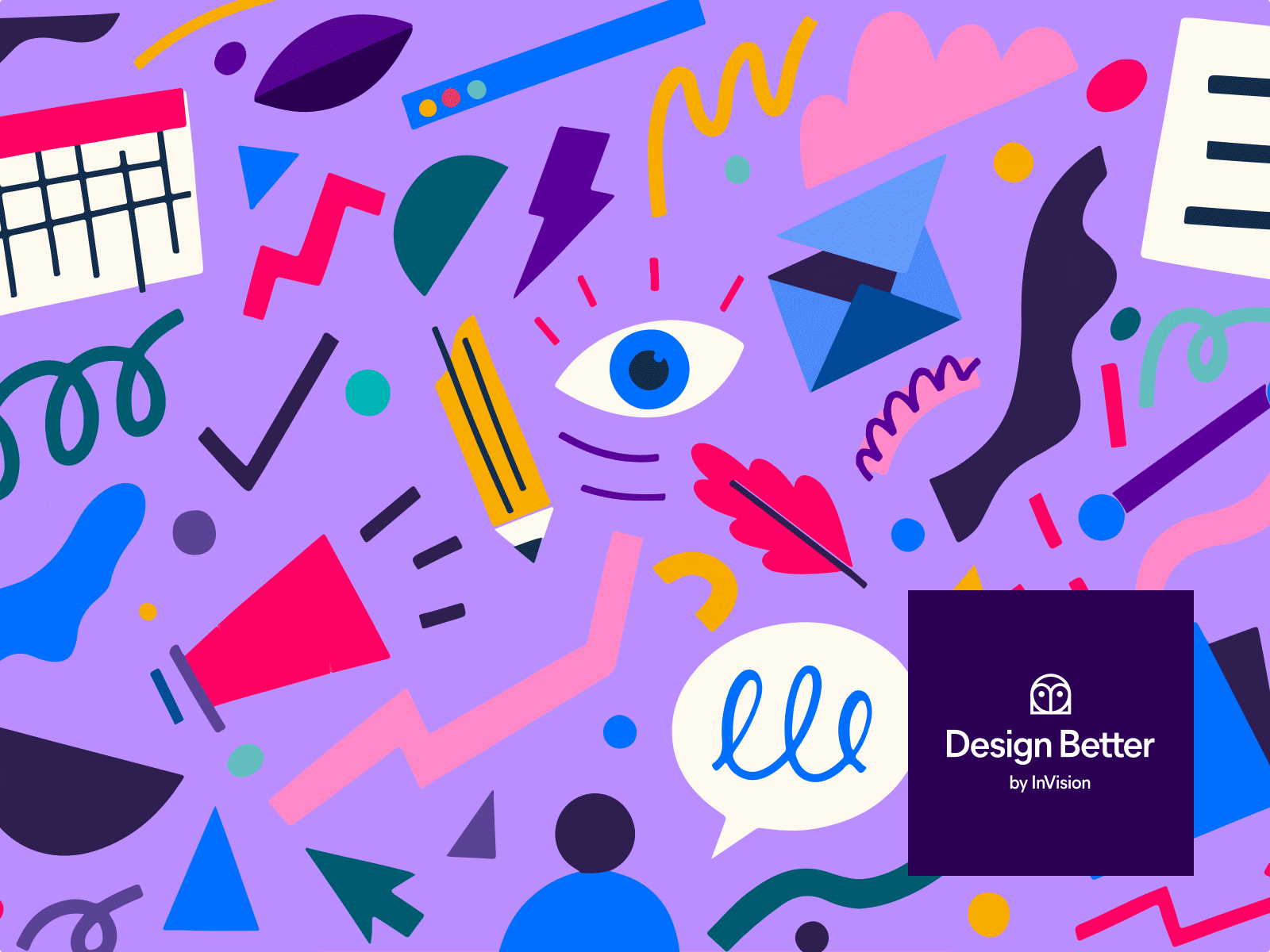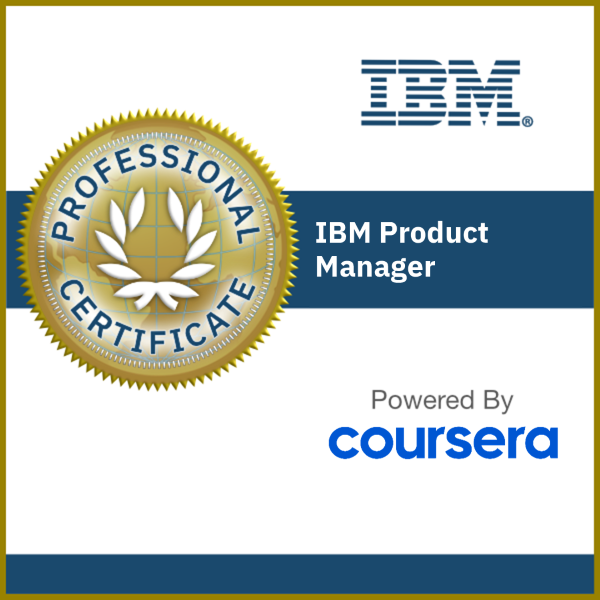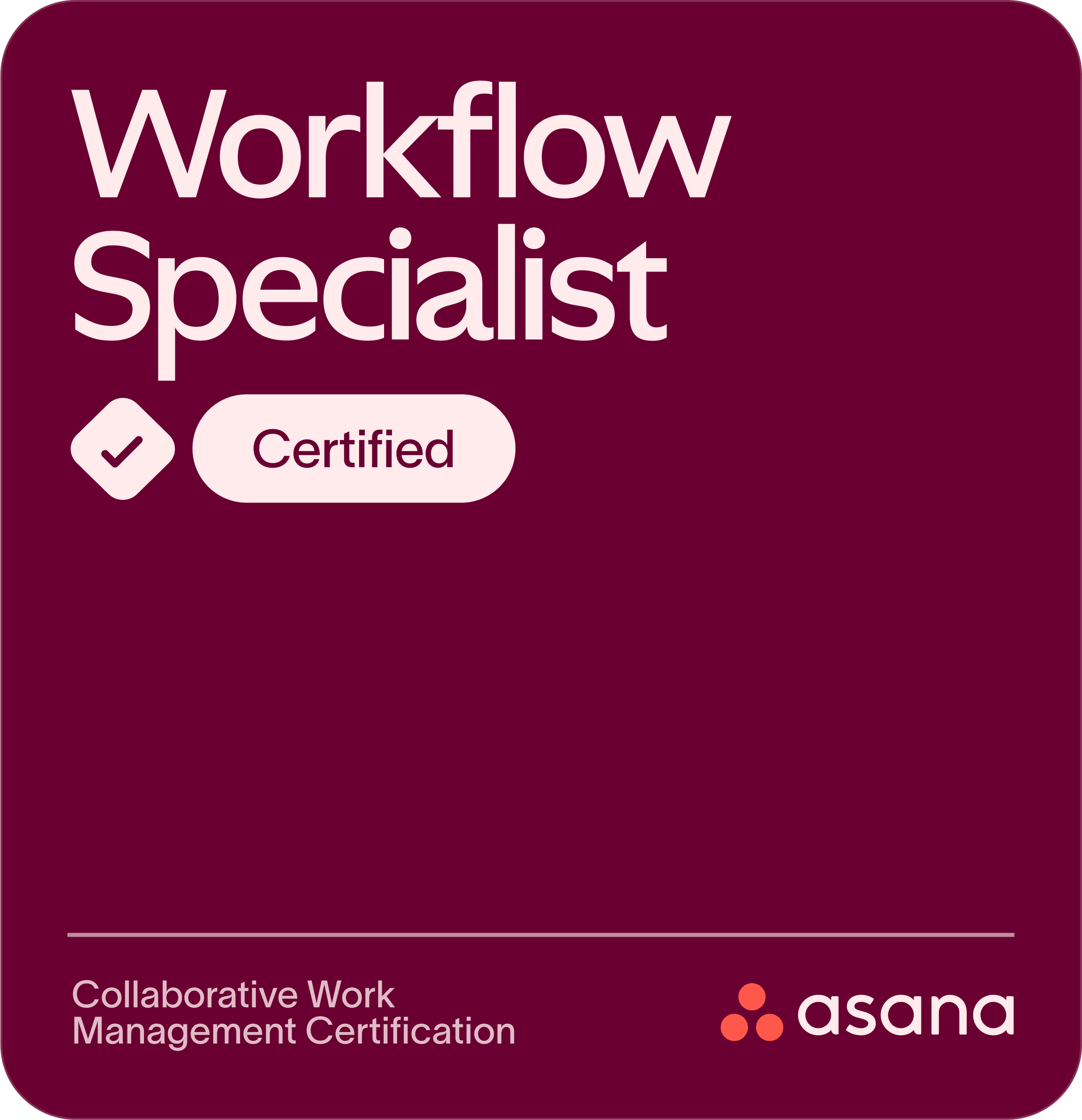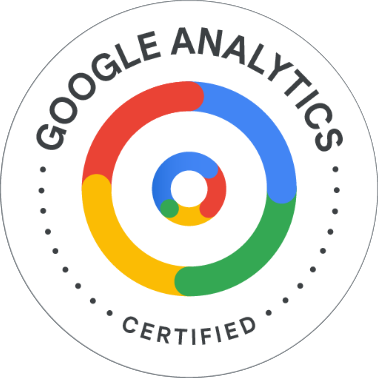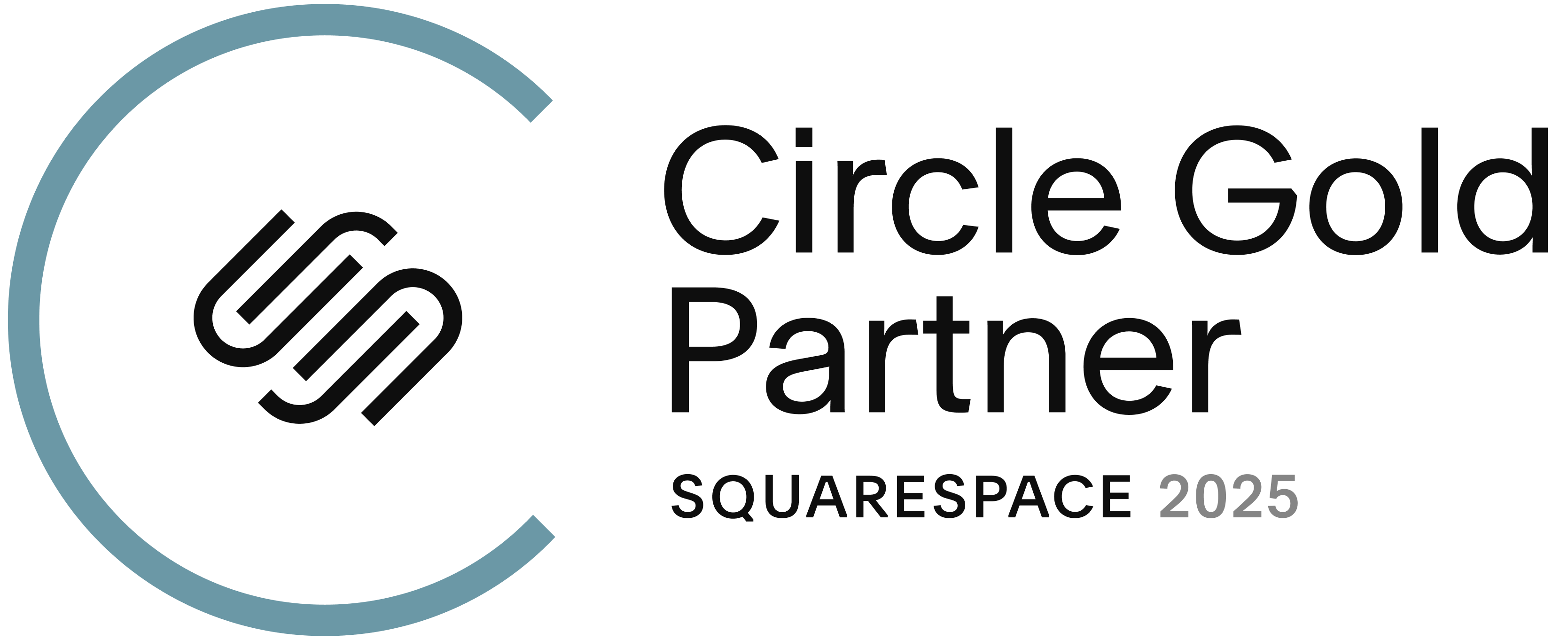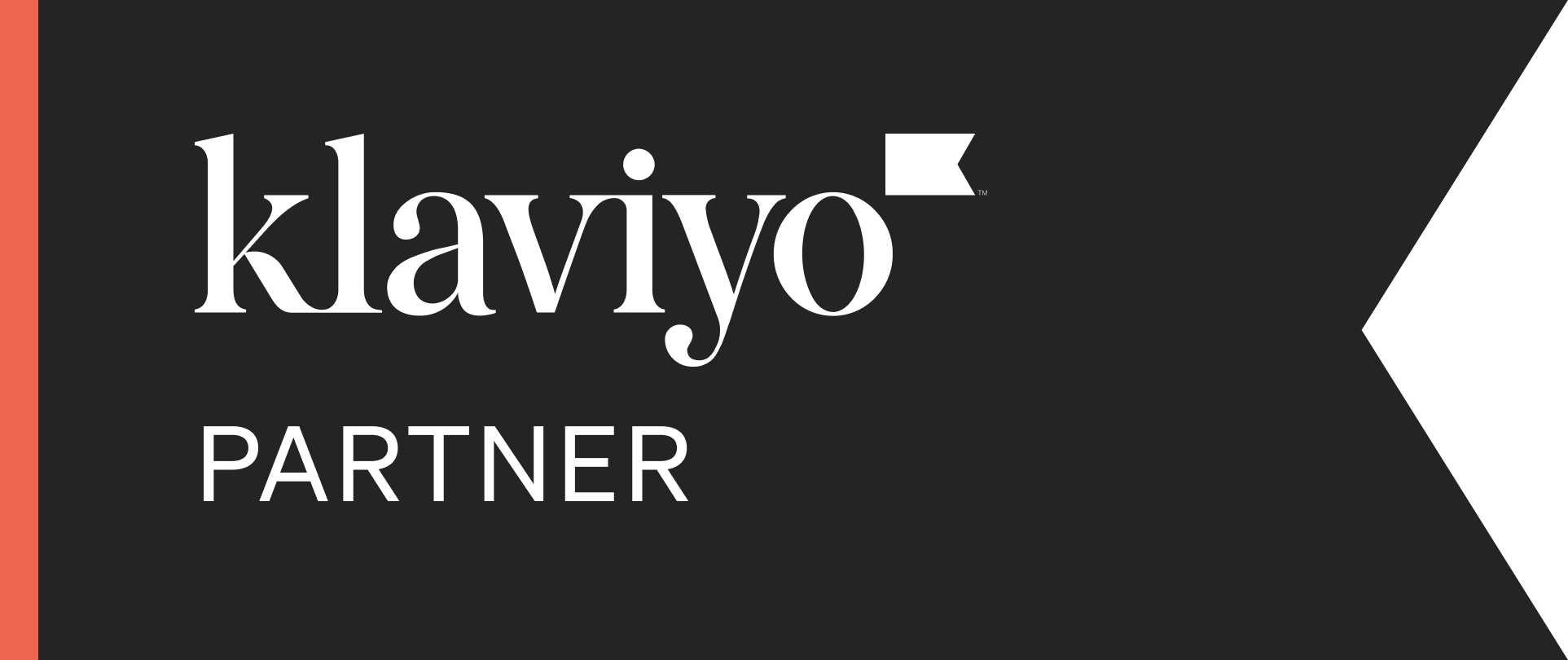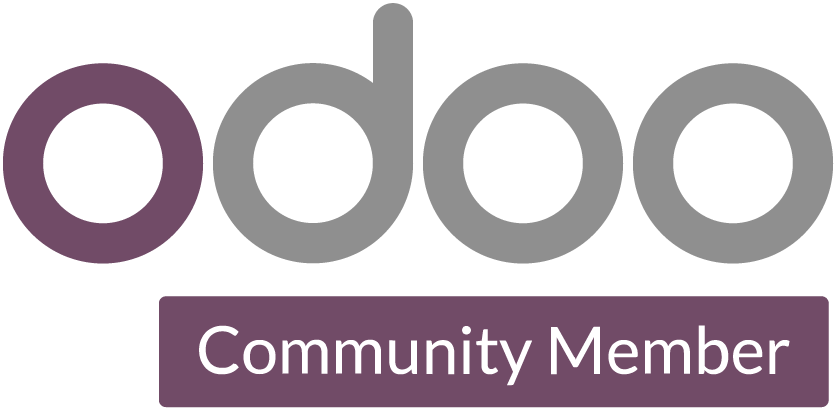In today’s fast-paced digital landscape, remote work has become not just an option but a necessity for many design teams. As we adapt to this new paradigm, Ben Goldman, Abby Sinnott, and Greg Storey’s insights from their book Remote Work for Design Teams provide a comprehensive guide to navigating the challenges and opportunities that come with working remotely. This blog post outlines best practices for managing remote design teams, emphasizing the importance of communication, trust, and effective tools for success.
Understanding the Shift to Remote Work
The Rise of Remote Work
Remote work has gained significant traction over the years, even before the onset of the Covid-19 pandemic. Studies indicate that remote workers often exhibit productivity levels equal to or surpassing those of their office-bound counterparts. The transition to remote work has led to increased employee engagement, reduced turnover rates, and a positive impact on the environment by minimizing daily commutes.
Benefits of Remote Work for Design Teams
- Global Talent Acquisition: Remote work allows design teams to tap into a diverse pool of talent from around the world, bringing various perspectives and skills to the table.
- Work-Life Integration: Employees can enjoy a better balance between their personal and professional lives, which can lead to enhanced creativity and job satisfaction.
- Reduced Commute Times: Eliminating the daily commute not only saves time but also reduces stress and contributes to better mental health.
Key Principles for Successful Remote Design Teams
Building a Collaborative Culture
A collaborative culture is essential for remote design teams to thrive. This involves creating an environment where psychological safety, trust, and inclusivity are prioritized. Here are some strategies to foster collaboration:
- Establish Clear Communication Channels: Utilize tools like Slack and Zoom to ensure that team members can easily connect, share ideas, and provide feedback.
- Encourage Regular Check-Ins: Schedule consistent team meetings and one-on-ones to maintain open lines of communication and to address any challenges that may arise.
Adapting the Creative Process
Transitioning the creative process to a digital environment requires intentional adjustments. Here are some best practices:
- Utilize Digital Tools for Ideation: Tools like Freehand can facilitate brainstorming sessions, allowing team members to contribute ideas visually and collaboratively.
- Streamline Design-to-Code Translation: Use platforms such as InVision Inspect to ensure that design handoffs to engineering are smooth and efficient.
- Centralize Resources: Create a centralized repository for design assets, guidelines, and feedback to ensure that all team members have access to the same information.
Fostering Empathy and Understanding
Developing empathy for team members in engineering and product management is crucial for successful collaboration. Here are some tips to enhance understanding:
- Facilitate Remote Workshops: Organize workshops that bring together designers, engineers, and product managers to foster collaboration and understanding of different perspectives.
- Encourage Feedback and Iteration: Promote a culture where feedback is welcomed, and iterations are seen as a natural part of the design process.
Essential Tools for Remote Design Teams
Communication and Collaboration Tools
- Slack: For instant messaging and quick updates, Slack is an excellent tool to keep communication flowing.
- Zoom: Video conferencing capabilities allow for face-to-face interactions, making discussions more engaging and productive.
- G Suite: Google’s suite of tools provides collaborative options for document editing, project management, and more.
Design and Prototyping Tools
- InVision: This platform not only aids in prototyping but also facilitates smooth design handoffs to development teams.
- Freehand: A collaborative whiteboarding tool that helps teams brainstorm and visualize ideas together.
- Confluence: For documentation and resource centralization, Confluence allows teams to maintain an organized and accessible knowledge base.
Best Practices for Remote Work
Establishing Dedicated Workspaces
Encourage team members to create designated workspaces that promote focus and productivity. A dedicated workspace can help separate work from home life, improving overall work-life integration.
Maintaining Consistent Work Hours
While flexibility is one of the perks of remote work, establishing consistent work hours can help maintain a sense of structure. This practice not only aids in productivity but also ensures that team members are available for collaboration at the same time.
Staying Social and Connected
Fostering social connections is vital in a remote work environment. Consider implementing virtual team-building exercises, casual catch-ups, or online coffee breaks to keep the team engaged and connected.
**
The transition to remote work has brought about both challenges and opportunities for design teams. By focusing on communication, empathy, and the right tools, remote design teams can not only survive but thrive in this new environment. As we move forward, it’s essential to prioritize human relationships and collaboration to drive creativity and productivity. Embracing these best practices will lead to a more appreciative, effective, and innovative work culture in the future.
In summary, the insights from Goldman, Sinnott, and Storey’s book serve as a valuable resource for design leaders looking to navigate the complexities of remote work. By adopting these strategies, design teams can harness the power of remote collaboration and create a vibrant, productive, and inclusive work environment.
**
Image credit: Remote Work for Design Teams Illustrations by InVision on Dribbble
